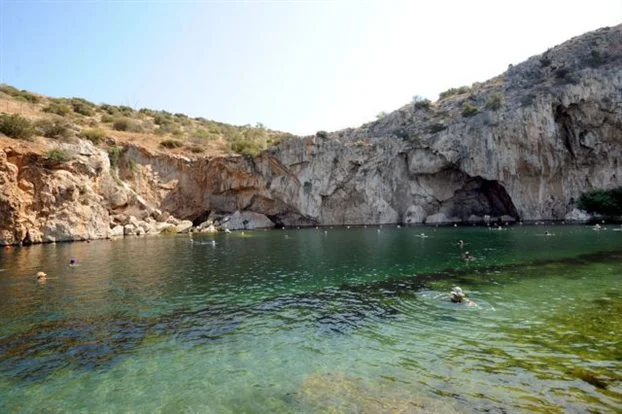China's largest freshwater lake, Poyang, has shrunk by one third over the last three days due to a reduced water supply from the Yangtze River and little rainfall.
At 8 am Wednesday, the lake's surface area was 1,490 square kilometers, a reduction of 679 square kilometers compared with 2,169 square kilometers on Monday, said the Jiangxi Provincial Hydrological Bureau on Wednesday.
The water level at the Xingzi hydrological station was 11.99 meters at 4 pm Wednesday, 2.13 meters lower than the average level recorded in recent years. The water level is falling by 30 centimeters every day.
The two major causes for the lake shrinking were the reduced water supply from the upper Yangtze River due to the construction of dams and sparse rainfall over the past month in Jiangxi, said the bureau.
The precipitation was less than 5 millimeters since September 20 in Jiangxi Province.
The lake's flood season began on April 30 and lasted until October 18.
This year's flood period was 33 days longer than last year's.
The sharp fall of the lake's water level will affect shipping and fishing as well as nearby residents' water supply.
Sources : Xinhua - globaltimes.cn
22- 23/10/14
--
-
At 8 am Wednesday, the lake's surface area was 1,490 square kilometers, a reduction of 679 square kilometers compared with 2,169 square kilometers on Monday, said the Jiangxi Provincial Hydrological Bureau on Wednesday.
The water level at the Xingzi hydrological station was 11.99 meters at 4 pm Wednesday, 2.13 meters lower than the average level recorded in recent years. The water level is falling by 30 centimeters every day.
The two major causes for the lake shrinking were the reduced water supply from the upper Yangtze River due to the construction of dams and sparse rainfall over the past month in Jiangxi, said the bureau.
The precipitation was less than 5 millimeters since September 20 in Jiangxi Province.
The lake's flood season began on April 30 and lasted until October 18.
This year's flood period was 33 days longer than last year's.
The sharp fall of the lake's water level will affect shipping and fishing as well as nearby residents' water supply.
Sources : Xinhua - globaltimes.cn
22- 23/10/14
--
-




 GR
GR FR
FR DE
DE ES
ES IT
IT RU
RU EU
EU